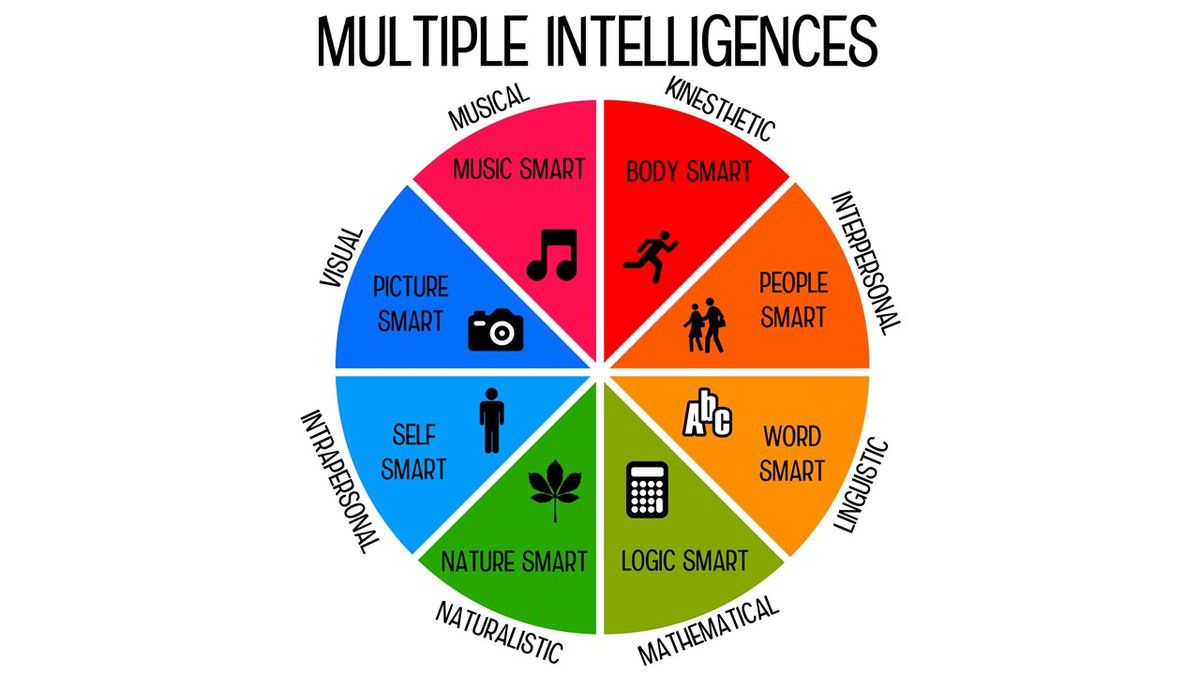PE Health and well-being
25 mai 2017Our well-being to the great extent depends on our self-esteem and self-confidence. And it is mainly the school success which gives a boost to our self-esteem. Needless to say, we are all different, with varied possibilities and not the same skills. However, in the terms of school achievements it is basically intelligence which counts. In order to avoid seeing intelligence as dominated by one single ability to conclude and be good at mathematics, Gardner introduced the term of multiply intelligences, which means different areas of human potential in children and adults. The workshops conducted during the congress let the participants self-discover their good points and their inborn- intelligences as well as areas which demand working on in order to achieve satisfying level of competence. After doing the test, students found their dominating intelligences, check which of them correlated and in groups they decided what different intelligences could have an impact on. They tried to refer one’s strong points with future jobs, interests and ways of spending free time. They could see the differences of learning styles appropriate for various kinds of intelligences.
Agenda:
- Trying to establish differences between people of all various nations (brainstorming).
- Defining ‘intelligence’ and presenting Gardner’s theory.
- Matching the strong points and interests with different intelligences (group work)
- Determining one’s strongest intelligences (individual work).
- Finding the most frequent correlations between types of intelligences.
- Making mind maps presenting jobs and interests typical for people with different kinds of skills (group work)
- Presenting ideas.
- Summing up – presenting the key points.









/image%2F1918187%2F20180720%2Fob_d66d93_img-2763.jpg)
/image%2F1918187%2F20180703%2Fob_fcaf13_image1.jpeg)
/image%2F1918187%2F20180624%2Fob_006d9c_35521560-1748576495223331-346878322941.jpg)
/image%2F1918187%2F20180624%2Fob_1dadc0_cover.jpg)
/image%2F1918187%2F20181019%2Fob_7a22aa_congr-romenia-maio2017.gif)
/image%2F1918187%2F20180720%2Fob_d66d93_img-2763.jpg)